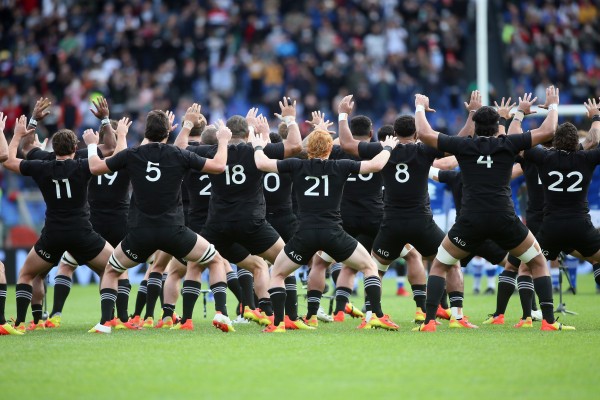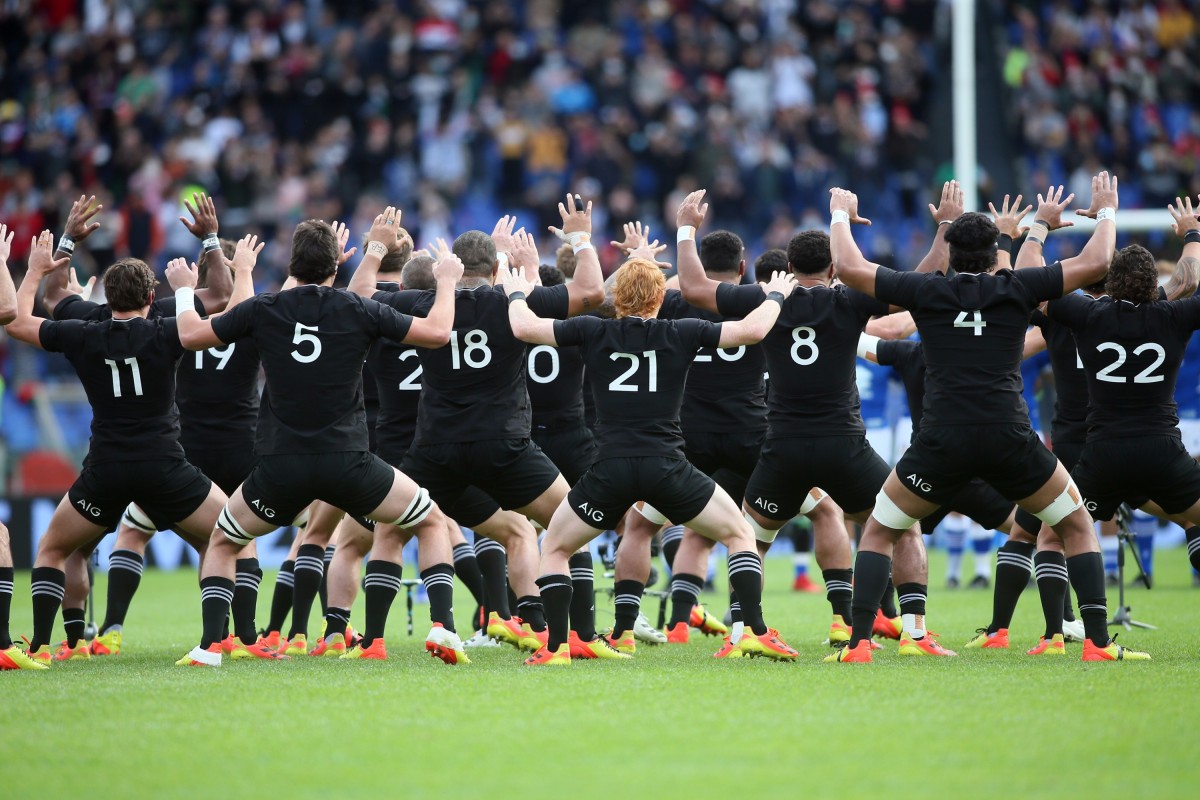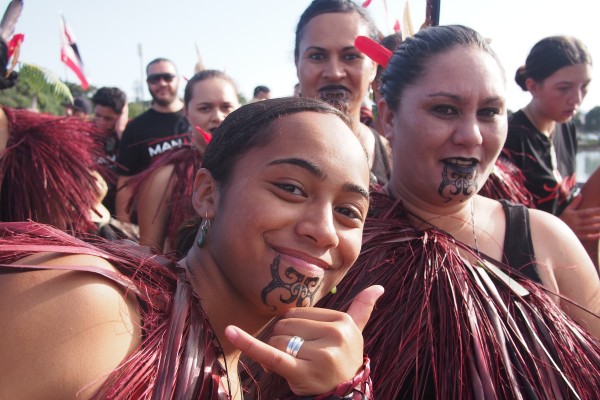The Silver Fern: A Symbol of New Zealand's Identity


The silver fern (Cyathea dealbata), or ponga in te reo Māori, is an emblem of New Zealand's national identity.
Over the last 150 years, the silver fern has evolved from a practical navigational tool for Māori into a recognisable national symbol.
Today, it is used in a wide range of contexts, from cultural to military and national sport, to symbolise strength, resilience, and connection to the land.
The origins of the silver fern symbol

The silver fern is a species of tree fern found only in New Zealand. It’s predominantly found on the North Island, although you will find silver ferns in some places on the South Island.
Silver ferns grow up to 12 meters tall. What separates this fern from other native ferns is its distinctive silvery-white underside.
Historically, Māori used silver fern fronds as guides for night-time navigation. They would lay the fronds on the ground, where the pale undersides would catch the moonlight, illuminating their path on their return journey. The ferns were useful for guiding them through dense forests when hunting prey or going to war.
The cultural meaning of the silver fern
The koru pattern is a common symbol used in Māori culture. The koru represents an unfurled fern and the beginning of new life. The fern as a whole is also symbolic of strength, resilience, and new beginnings.
According to Māori legend, the silver fern was originally a sea creature that was asked to live in the forest to help guide Māori safely on journeys during the night.
How the silver fern became a national symbol
The transition of the silver fern from use in traditional Māori life to a national symbol began in the late 19th century.
During a rifle competition in 1853 in New Plymouth, New Zealand soldiers pinned silver fern leaves to their uniforms as a good luck charm.
The symbol became so popular that it quickly spread amongst other soldiers, who saw the fern as a symbol of good fortune, strength, and resilience.
The silver fern: a symbol of sporting success
Most people outside of New Zealand might be familiar with the silver fern through the All Blacks. However, the fern is used as an emblem of all New Zealand sporting disciplines.
In 1905, ‘The Originals’ rugby team wore an embroidered silver fern on their uniform against a test match in South Africa. The emblem quickly became synonymous with New Zealand sport. It has since been adopted by athletes from many different disciplines. Some of our national teams also take their team names from the silver fern, most notably the Silver Ferns, the national netball team, and the Black Ferns, the women’s rugby team.
The silver fern: a symbol of home
The symbolism of the silver fern goes beyond sport and has been used by the New Zealand military for more than 100 years.
During the South African War (1898–1902), New Zealand troops used the silver fern as an emblem on their uniforms. This tradition continued throughout World War I and II. The silver fern is used to adorn the headstones of New Zealand soldiers who have died in combat overseas, showing a connection to their homeland.

How modern usage of the silver fern has changed
Today, the silver fern is a powerful symbol for New Zealand, both at home and overseas. It represents not only sports teams and military units but also the country’s national identity on the global stage.
Visitors to New Zealand will be familiar with the fern from seeing New Zealand tourism ads. Both New Zealand Trade and Enterprise (NZTE) and Tourism New Zealand use the silver fern in branding to represent New Zealand products and services. The use of the brand on goods at services has come to represent quality and indicate whether a product is New Zealand-made.
Attempts to trademark a symbol
Over the years, businesses have tried to trademark the silver fern. Some versions of the silver fern have successfully been trademarked due to having a distinctive design.
In 2005, the New Zealand Rugby Union tried to trademark the silver fern logo on their merchandise, kicking up a debate over who owns the right to a national symbol. Ultimately, the NZRU lost their right to trademark the fern after a judgement ruled that the fern was too broad in scope and not distinct enough to be registered.
In 2014, New Zealand Trade and Enterprise ordered a Twitter user to stop using its trademarked silver fern logo, citing an infringement. The request caused backlash from on social media, prompting other users to adopt the logo as their profile photo. NZTE ended up backtracking and saying they would instead focus on protecting the logo from commercial copyright infringement.
During the 2015-2016 flag referendum, a potential design for a flag featuring a silver fern was proposed. Although the design was ultimately rejected, the referendum reignited public conversation about the importance of national symbols. Initially, the Royal New Zealand Air Forces claimed that the design was a violation of their 2010 insignia used by the third squadron, which was protected by copyright.
What do our customers say?




For every (wise)move



































